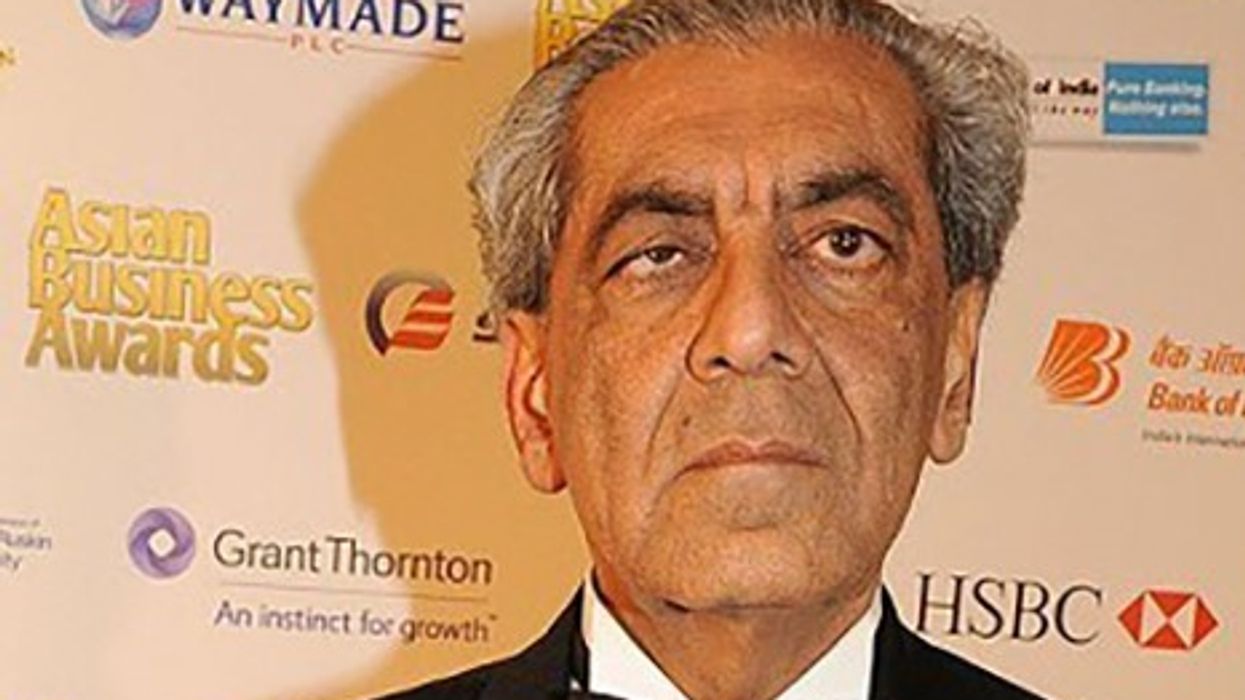By Amit Roy
LAST Sunday (2) marked Satyajit Ray’s 100th birth anniversary.
His films, more than anyone else’s, represented the Bengali way of life. But, of course, like all great works of art, they transcended the culture in which they were set.
I was late to his trilogy. When I did get round to seeing Apur Sansar, the third in the series, I was in my first year at university. It was a bright, sunny afternoon when I came out. A very young Sharmila Tagore played Aparna, the young wife who dies in childbirth. I don’t think I cried, but I could not speak for half an hour after the film. I had lost my mother only a few months previously.
One of my favourite bits of music, composed by Pandit Ravi Shankar, accompanies the credits to Apur Sansar.
Apu was played by Soumitra Chatterjee, who died on November 15 last year, aged 85. Ray cast him in 14 of his movies.
I commend the trilogy to everyone as a way of understanding not just Bengal, but India.
I hold Ray to be cinema’s greatest director.





 Shashi Prashad
Shashi Prashad Shivani Taparia
Shivani Taparia







Memories of Ray and the Apu trilogy